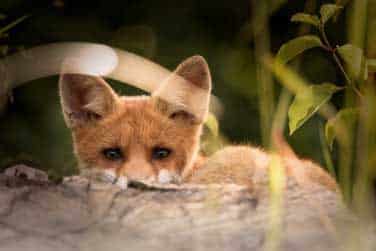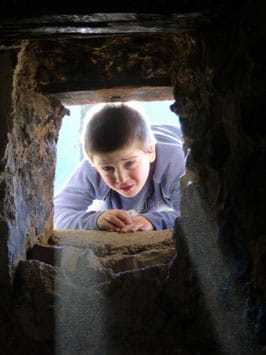PUBLICATIONS
CuriOdyssey and Curiosity, Engines of Discovery
In recent years, a popular children’s activity has been making slime, a combination of glue and Borax that makes a stretchy, gooey substance kids can’t resist. Slime teaches kids about chemistry and viscosity. Slime is science.
At CuriOdyssey, nine-year-old Alice, one of our homeschool students, loves to mix things together to see what happens. Her questioning mind and search for the perfect slime have led her to experiment with its ingredients. Through trial and error with dozens of batches of slime, she has learned that slime cannot contain an acid (like lemon juice) and that she can create different types of slime using hydrogen peroxide, soaps and oils. Her enthusiasm for science stems directly from curiosity and asking the question, “What if?”
Why does curiosity matter? Curiosity is the desire to learn, to understand new things and to know how they work. “We can teach a new generation to observe patterns in our world and in science, technology, engineering and math by taking advantage of their natural tendency to be curious, thereby enhancing the likelihood of new discoveries and inventions,” says CuriOdyssey Executive Director Rachel Meyer. “We need people who are curious and who feel free to tinker and explore without fear of failure. When curious people fail, they analyze their failure to understand it so they can do better the next time.”
Curiosity is at the very root of the scientific process. After observation the first step is to ask, “Why?” Supporting kids’ natural curiosity at an early age about what makes the world work is the best way to excite their interest in STEM. Whether kids aspire to become scientists or artists, science fluency, like being fluent in a language, will make them better at it. If we do not spark curiosity, future generations will not understand the benefits of being science-fluent.
Curiosity is the mark of an active, open, observant mind and helps us see learning as fun, fueling imagination, creativity and innovation. It prepares the brain for learning and makes subsequent learning more rewarding. Research also shows that curiosity is just as important as intelligence in determining how well students do in school.
At CuriOdyssey, our name reflects the journey a child takes as he or she analyzes the natural world. We ignite kids’ natural curiosity by encouraging inquiry, observation and discovery with respect to animals, our environment, physics and nature. Whether through a Q&A session during an animal feeding, a pre-K science class designed to teach kids to explore using all five senses, or a field trip that elicits fresh questions about trees and tidepools, our programs, exhibits and animals promote and foster kids' innate curiosity. We provide the tools, environment and experiences to engage their young minds with STEM principles and the natural world so that they can draw their own conclusions about how things work.
We know that kids’ curiosity leads to cognitive growth and a new understanding of the world around them, so we feed their quest for knowledge with a unique collection of hands-on experiences and opportunities that prompt questions and exploration. What does an owl eat? How does gravity work? What are the patterns found in nature? What causes chaotic motion? How does light change colors? Why does a snake shed its skin? What if I adjust this lever? At CuriOdyssey, curiosity paves the way to discovery, benefiting our world and the people in it.

“I have no special talents. I am only passionately curious.”
— Albert Einstein

“The future belongs to the curious.”
— Anonymous

Join the CuriOdyssey Community
LOCATION
1651 Coyote Point Drive
San Mateo, CA 94401
Ohlone Land Acknowledgement
650-342-7755
info@curiodyssey.org
CuriOdyssey is a 501(c)(3) non-profit, Tax ID 94-1262434

